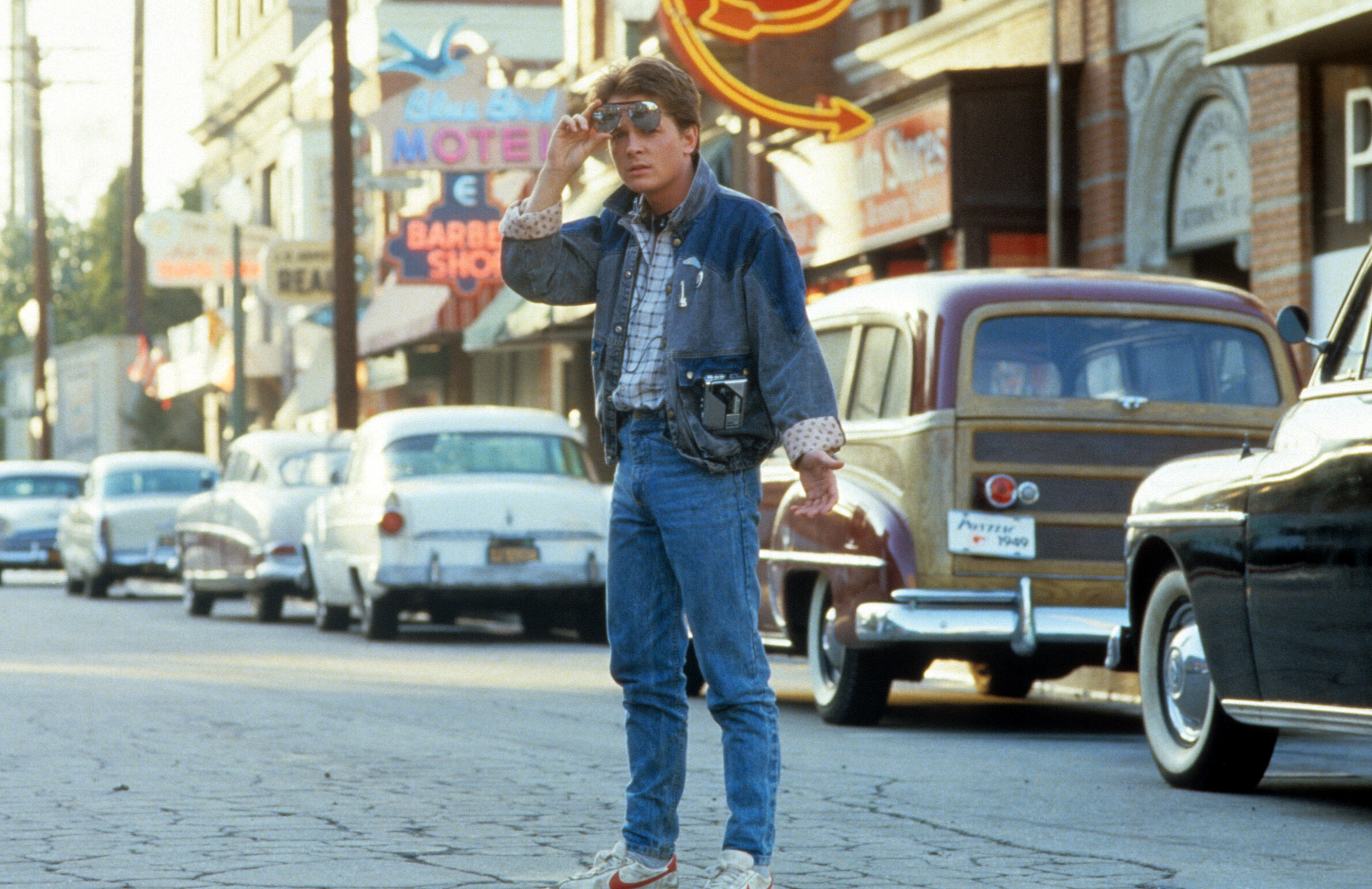Travel
Great Scott! One of the most beloved time travel movies of all time is now streaming on Netflix

Ask a film buff to name their favorite time-travel movie of all time, and many if not most will agree — director Robert Zemeckis’s 1985 classic Back to the Future, starring Michael J. Fox as Marty McFly and Christopher Lloyd as the wild-haired scientist Doc Brown, is the standard by which all others should probably be judged.
Celebrity astrophysicist Neil deGrasse Tyson, for example, has included it on his list of the greatest sci-fi movies of all time, calling Back to the Future, specifically, “the best time travel movie ever made, hands-down.” Among other things, it kind of set the rules for how time travel should work within the realm of a pop culture product like a movie or TV show.
You could certainly point to other time travel movies that are technically more sophisticated than Back to the Future, that are more visually adventurous, that did better numbers at the box office, and that are just better movies overall on multiple fronts (titles like Interstellar, Arrival, and Edge of Tomorrow come to mind). But the fact that a beloved trilogy was developed out of the original Back to the Future idea — and, importantly, that the trilogy was left alone, without the endless sequels that Hollywood is famous for — helps at least partly explain the near-perfect 95% audience score on Rotten Tomatoes that the movie still maintains, based on 250,000+ user ratings.
Moreover, the entire Back to the Future trilogy has also just arrived on Netflix, ahead of its 40th anniversary next year, making this the perfect time for a re-watch.
“I think the lack of follow-ups certainly created a situation where absence has made the heart grow fonder,” Jason Aron, who directed the Back to the Future documentary Back in Time, told me in 2015 about the movie. “They didn’t reboot it. They left perfection alone. The popularity of the movie is in its writing and execution, and it still crosses so many genres and appeals to so many people. It’s not like Rocky. It left fans wanting more.”
As a testament to the movie’s legacy, it also spawned a stage musical that debuted in the UK in 2020. And in addition to the movie giving birth to an array of everything from comic books to merchandise, it correctly predicted future technology like wearables and video calls.
After streaming the movie on Netflix, the especially hardcore fans among you might also enjoy diving into Caseen Gaines’ book We Don’t Need Roads, which takes readers behind the scenes of the Back to the Future trilogy. At one point, it explains about the motivations of Zemeckis and writer Bob Gale, who met at the University of Southern California’s School of Cinematic Arts: “They soon realized that, while the majority of their classmates were absorbed with the idea of creating highbrow cinema, they were more interested in making movies that average joes would want to see.
“More often than not, their free time was spent catching a showing of Dirty Harry or the latest James Bond flick; not discussing the leitmotifs throughout Akira Kurosawa’s career. Movies, they believed, should be entertaining to the general public first and foremost; the added benefit would come when a person reflected on what they had just watched, and realized that there was more than they initially thought had met their eye.”







:max_bytes(150000):strip_icc()/roundup-writereditor-loved-deals-tout-f5de51f85de145b2b1eb99cdb7b6cb84.jpg)


